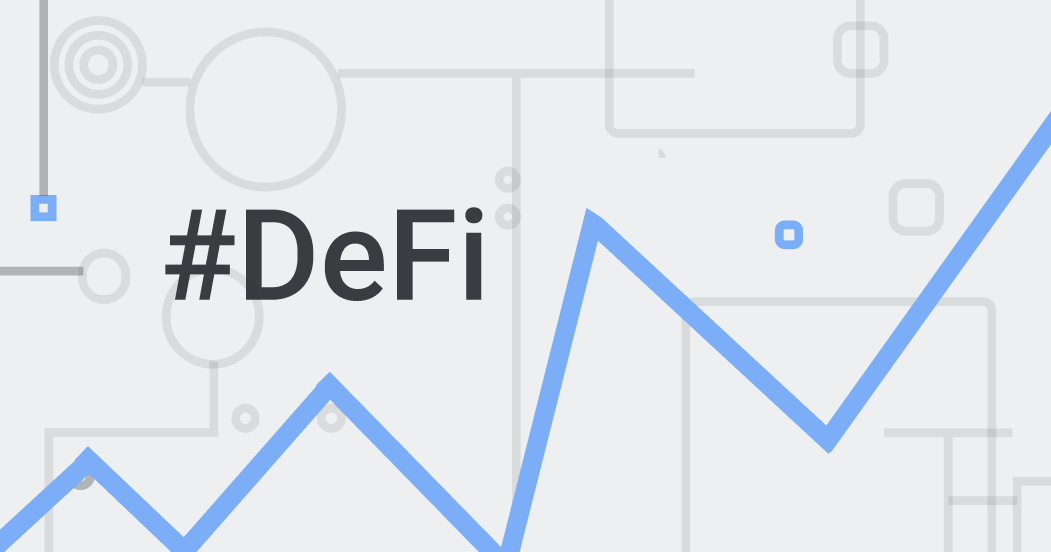In the ever-evolving landscape of finance, Decentralized Finance (DeFi) has emerged as a beacon of innovation, promising unparalleled opportunities for financial inclusion, transparency, and autonomy. Yet, amidst the excitement and promise, it’s crucial to shine a light on the lesser-discussed aspect: the vulnerabilities and weaknesses that lurk within the DeFi ecosystem.
While DeFi offers a myriad of benefits, including borderless access, higher yields, and reduced reliance on intermediaries, it’s not impervious to flaws. Understanding these weaknesses is paramount for investors, developers, and enthusiasts alike to navigate the space effectively and mitigate potential risks.
One of the foremost weaknesses of DeFi lies in its susceptibility to smart contract vulnerabilities. Smart contracts, the backbone of DeFi protocols, execute transactions automatically based on predefined conditions. However, they are not immune to bugs or vulnerabilities, which can be exploited by malicious actors to siphon funds or disrupt operations. High-profile incidents like the DAO hack and the recent exploits on various DeFi platforms underscore the urgent need for robust security measures and rigorous auditing processes.
Moreover, the decentralized nature of DeFi, while celebrated for its resilience against censorship and central control, also poses challenges in terms of governance and accountability. Unlike traditional financial institutions governed by regulatory bodies and compliance standards, DeFi protocols operate in a decentralized manner, often governed by token holders through DAOs (Decentralized Autonomous Organizations). This decentralized governance structure, while empowering, can lead to governance disputes, forks, or contentious decisions that may undermine trust and stability within the ecosystem.
Scalability remains another Achilles’ heel of DeFi. As adoption surges and transaction volumes skyrocket, scalability bottlenecks become more apparent. Many DeFi protocols built on blockchains like Ethereum face congestion issues and exorbitant gas fees during periods of peak demand, hindering user experience and limiting the scalability of the entire ecosystem. While solutions like layer 2 scaling solutions and alternative blockchains are being explored, achieving seamless scalability without compromising decentralization remains a formidable challenge.
Furthermore, DeFi’s reliance on external data feeds, known as oracles, introduces another layer of vulnerability. Oracles fetch real-world data, such as asset prices or weather conditions, and feed them into smart contracts to trigger actions. However, oracles are susceptible to manipulation or inaccuracies, posing a significant risk to DeFi protocols relying on them for critical functions like lending, derivatives trading, and decentralized exchanges.
Conclusion
while DeFi represents a groundbreaking paradigm shift in finance, it’s essential to acknowledge and address its weaknesses to foster a more resilient and sustainable ecosystem. By prioritizing security, enhancing governance mechanisms, innovating scalability solutions, and fortifying oracle networks, the DeFi community can mitigate risks and unlock the full potential of decentralized finance for generations to come. As we navigate the complexities of this evolving landscape, vigilance, collaboration, and continuous improvement will be our greatest assets in fortifying the foundations of DeFi.

